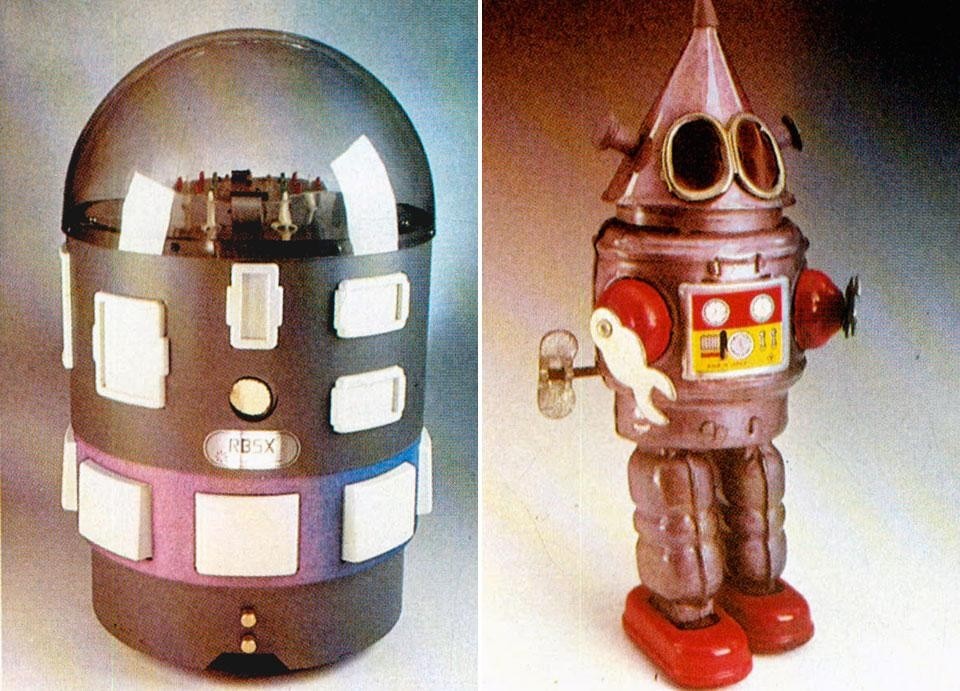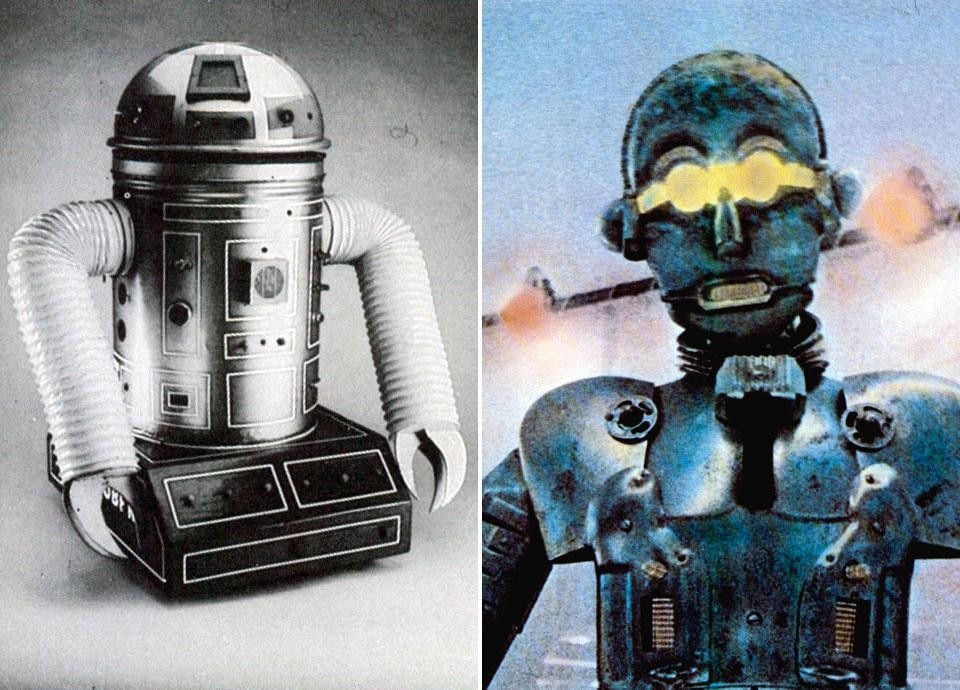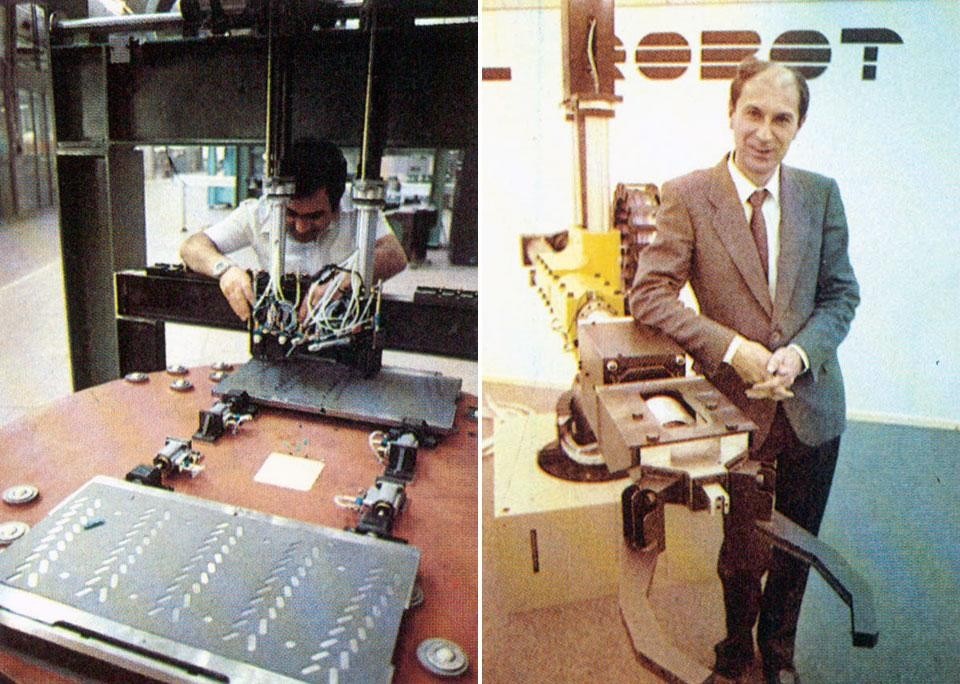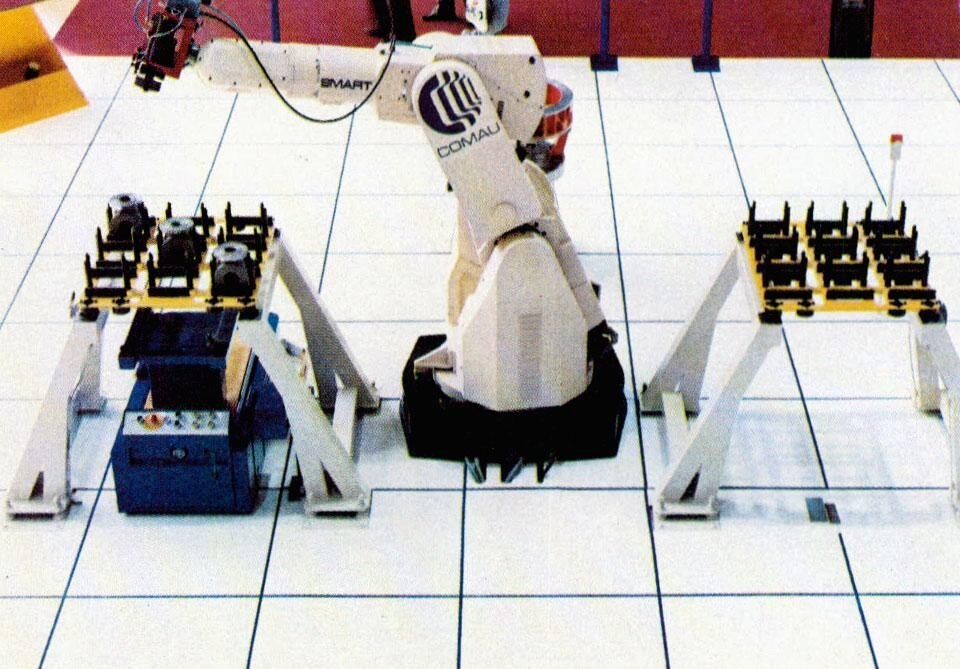This article was originally published in Domus 651 / June 1984
A renewed technological myth: robot history, fantasy and reality in an exhibition at the American Craft Museum of New York
The robots have just been born, and now — after their emergence from a period of adolescence in fat-research laboratories — they have made their triumphal entry into our daily lives.
And yet, at the technological apex of the new industrial revolution, these automaton have already become museum pieces, archaeological remains of a future that seems already past. This, at least, is the impression of the visitor to "The Robot Exhibit" at the American Craft Museum, New York, from January to May of this year: a historical review of robots, cyborgs, automatons and androids.
It may seem strange that a technology of such recent date and one which, in the opinion of all, has such a great and wonderful future ahead of it should be celebrated in museums, of all places, as though it were an aspect of mature culture. In reality, however, the robot myth is extremely ancient and deeply rooted in our imaginations.
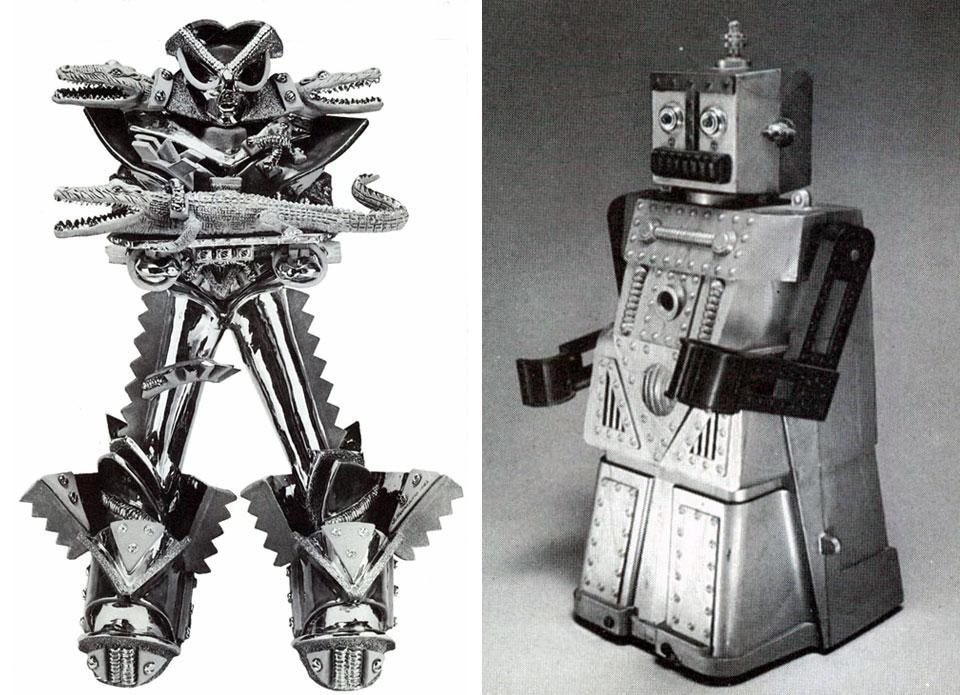
The New York exhibition uses 160 objects to tell the story of this long conflict of feelings. Here we find toys, sculptures, useless mechanisms, works of art, industrial robots, cinema robots, robots for assembling motor cars. The starting point of the exhibition is a little wooden dog, the work of some unknown craftsman in the Egypt of the Pharaohs, and the last exhibit is the latest "intelligent" created by Unimation for industry.
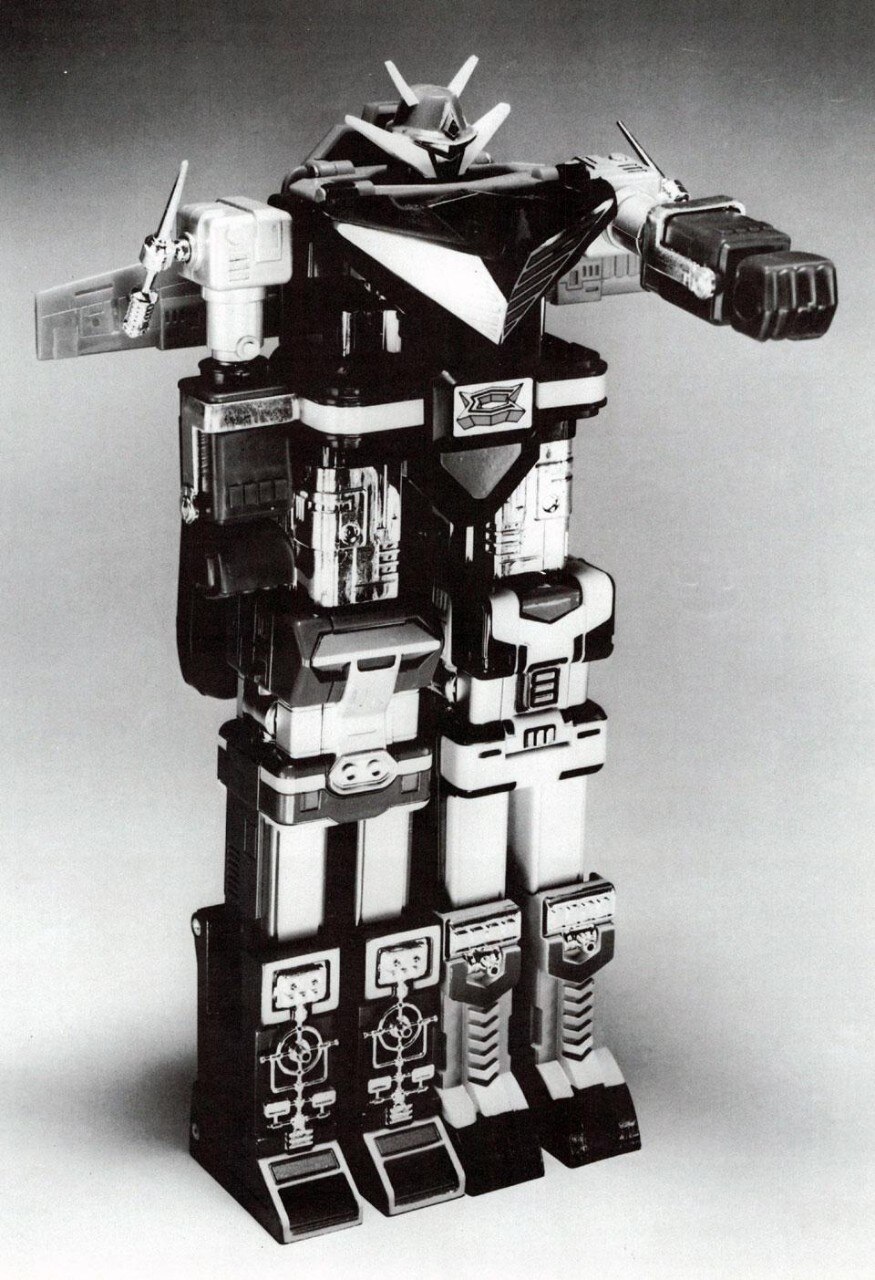
Their forms and designs don't mean much to us: everything is "flattened" by the need of the productive functionality for which they were created
